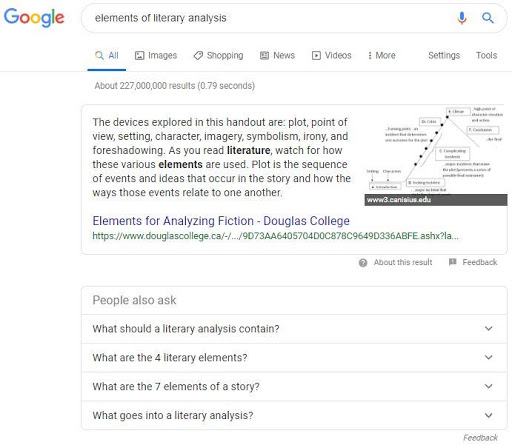
Many people, as kids, had a goldfish. If you were one of those people, you probably have some perceptions of goldfish that may not be accurate. For example, you may remember your goldfish didn’t live for very long, or that few pets exhibit such a low level of intelligence, but neither of those are true.
The fact is, a pet goldfish can live from five to ten years in one’s home, and as long as 25 years in the wild. And goldfish aren’t really that dumb. They actually have considerable brain activity and an attention span of nine seconds. And while a nine-second attention span may seem laughable, here’s one more fact you should know: The current attention span for the average human is eight seconds. Goldfish = nine seconds, human = eight seconds. So, the reality is, goldfish are probably shocked by our lack of intelligence as we bang on their bowl for eight seconds and then get distracted by something else.
A big challenge for businesses today is finding the right medium in which to advertise, and there are many options from which to choose. Will print media be effective? Should money be spent on print ads like flyers and direct mail? Should ads appear on radio or TV? Is there a greater advantage in digital advertising like website banners and popups? Or, with video’s takeover, is that the most effective way to reach prospective customers?
Each type of advertising has a downside. Print ads are untargeted and most people throw them away without looking at them. Digital content can be targeted to a specific audience, but with the constant refinement of pop-up blockers, it’s likely no one will see your digital ad either. In fact, pop-up blockers prevent most digital display advertising, like banners and pop ups, from ever seeing the light of day. Social media advertising is effective, but takes constant updating to remain fresh and small companies have to share space with big businesses.
The one medium which, if executed thoughtfully, connects to every audience is video.
Here are some statistics from one of our previous blogs which support video’s impact:
There are many startling statistics on current and future video usage, and they all point to the same thing: companies who want to succeed will succeed through their use of video.
So, let’s assume that you’re going to use video to market your brand. Whether you put a video on the homepage of your company’s website, on a landing page, or as a product demo, there is one important thing to remember which bears repeating: goldfish = 9 seconds, humans = 8 seconds, and that’s true with one exception. If you’re marketing to the much-sought-after millennial market, who have even shorter attention spans, you’ll only have 5-6 seconds.
If we look at two examples, it’s clear that the real experts think shorter is better. First, YouTube’s pre-roll ads, unlike their TrueView ads, which are skippable after five seconds, are not skippable; you have to watch the entire ad before your video starts. YouTube suggests pre-roll ads be 15-20 seconds long, however, bumper ads, or “snack ads,” at only six seconds, are becoming the most effective type of pre-roll ad due to the growing number of younger, millennial, smartphone video watchers.
Facebook also understands consumers’ shorter attention spans. At the end of 2018, Facebook announced that with its ThruPlay video ads, advertisers will only have to pay if viewers watch ads under 15 seconds in length to their completion. For ads longer than 15 seconds, advertisers only pay if the first 15 seconds of the ads are viewed.
YouTube and Facebook both understand that shorter videos are far more likely to be viewed in their entirety, and that viewing them in their entirety will make a greater impact and will be more memorable to the viewer.
To make things even more complicated, videos work best when they tell a story. So how do you tell a story in less than ten seconds? It takes a bit of planning, but here are what many consider the top five memorably effective six-second bumper ads:
Six-second videos don’t have time for a traditional call-to-action. Instead, the purpose of the video is to get into the viewers’ subconscious so that the ad itself becomes a deferred call-to-action. You want to order a pizza, and the Domino’s Pizza ad pops into your head; you need a new phone, and you think of the Samsung Galaxy ad. The ad should lie dormant within the hippocampus until the moment it’s needed.
According to Instapage, creating an effective six-second video isn’t difficult if you follow a few guidelines:
Narrow your focus to a single objective
Keep the flow and the visuals as simple as possible
Start your ad with something memorable: a striking visual or funny moment
Make your video from scratch; don’t cut-down a longer video
Finally, both the audio and video should be effective independent of each other. If someone is watching the video with the sound off, or listening to the video without looking at it, the ad should be equally impactful.
Of course, if you’re extremely clever and want to play with the format, you could do what Geico has done and create an ad that keeps going after it’s finished.
If you’d like to create short, effective videos for your brand, but don’t know where to start, contact the experts at McFadden/Gavender. Our creative video production team will tell your story in a short and memorable way that will stay in the heads of new and current customers. Contact us and let us take your brand further.

